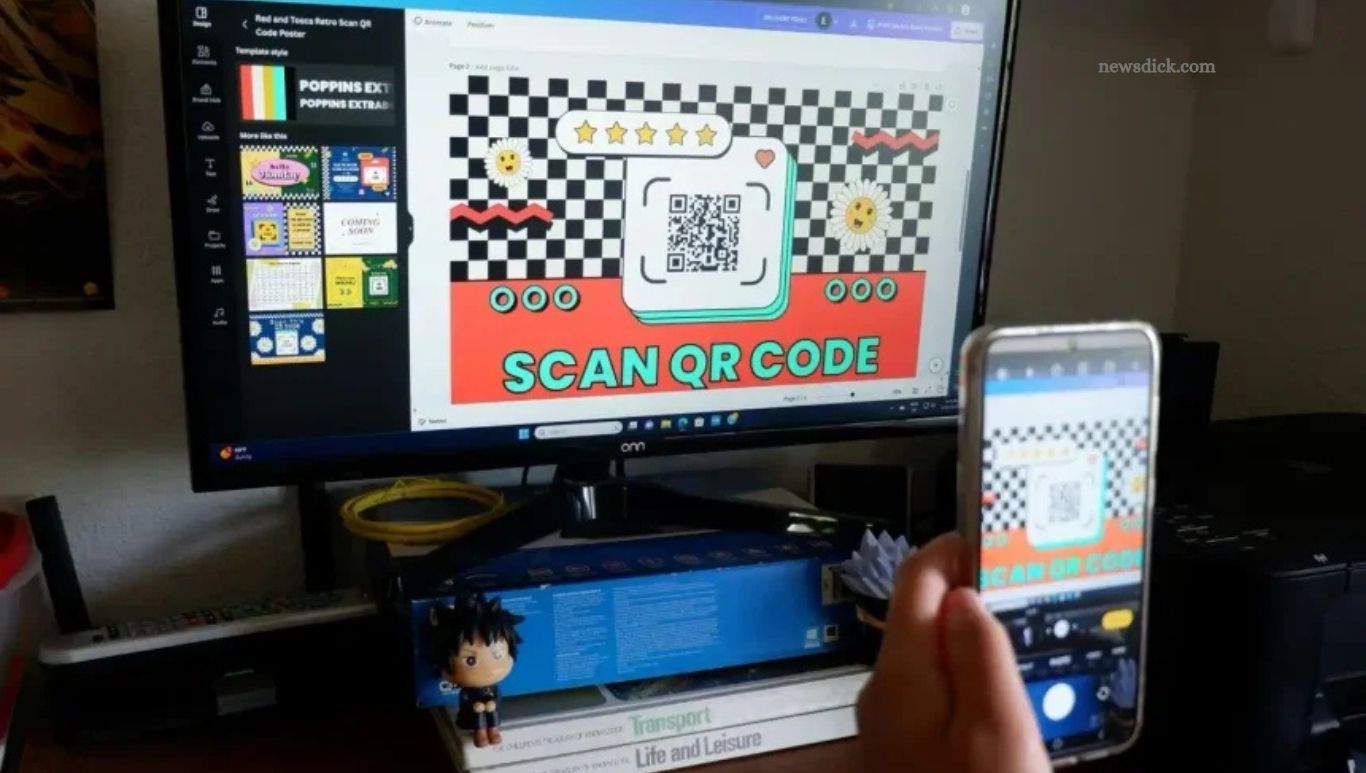QR codes and barcodes are essential tools that streamline operations and enhance customer engagement. QR codes let customers instantly access your website, contact details, or product info with a quick scan. Barcodes help businesses track inventory and accelerate sales.
This guide will walk you through the easy steps to create QR codes and barcodes, so you can quickly implement them in your business.
Find a QR Code Generator
Start by selecting an online QR code generator. Many free and paid options are user-friendly and easy to navigate.
Input the content you want to share—such as a URL, text, or contact details—and the tool will create a scannable QR code.
Most platforms let you download your QR code in various formats, making it simple to use across digital and print materials.
Read More: Stay Cool Year-Round: How St. Augustine AC Contractors Boost Efficiency
Elect the Right Type of Barcode
Barcodes come in various formats, and choosing the right one depends on your needs. Some work best for product labeling, while others suit inventory tracking or asset management.
Online barcode generators let you create barcode images by entering details like product numbers or SKUs. Additionally, if you use custom software, you can generate colorful barcodes with VB.NET, ideal for business and retail applications.
Include Business Information
When generating QR codes or barcodes, ensure the embedded data is accurate and relevant. For QR codes, link to your homepage, product page, or contact form. For barcodes, include essential details like SKU numbers or inventory status.
Accurate data keeps your codes functional and supports efficient business operations.
Customize for Branding( But Keep It Functional)
Many QR code tools offer customization options such as color, logo embedding, and shape adjustments to match your branding. However, avoid over-styling, as it may reduce scanability.
Barcodes are best kept black and white to ensure clear readability, especially with standard scanners.
Test Before Deployment
After testing, you can start using the canons across your business. Include QR codes on leaflets, business cards, or invoices.
Place barcodes on product packaging, price tags, or shelving units. This not only enhances your functional effectiveness but also presents a tech- expertise and ultramodern image to guests.
Apply Canons to Your Business Accoutrements
Once tested, deploy QR codes on flyers, business cards, and invoices.
Apply barcodes to product packaging, price tags, or shelves. This boosts operational efficiency while projecting a modern, tech-savvy image to customers.
Keep Information Up to Date
Regularly review your QR codes and barcodes. Update QR codes if URLs change, and refresh barcodes when product IDs or inventory levels are updated.
Neglecting these updates can confuse customers and slow down operations.
Staying current ensures smooth performance and maintains a professional image.
Learn to Generate QR Canons and Barcodes for Your Business
Mastering QR code and barcode creation unlocks new opportunities to boost customer engagement and streamline operations. These tools are simple, scalable, and easy to implement.
Start integrating them into your business today, and visit our blog for more practical tips.
Frequently Asked Questions
What is the difference between a QR code and a barcode?
QR codes store more data and can link to websites, contact info, or text, while barcodes typically hold numeric information used for inventory and sales tracking.
How do I create a QR code for my business?
Choose an online QR code generator, enter the desired content (URL, text, contact info), customize if needed, then download the code for use.
Which barcode format should I use?
Select a barcode type based on your needs—UPC or EAN for retail products, Code 39 or Code 128 for inventory and asset tracking.
Can I customize the design of my QR codes?
Yes, many tools offer options to change colors, add logos, or alter shapes, but avoid excessive customization to ensure scannability.
How do I test my QR codes and barcodes?
Scan QR codes with a smartphone camera and barcodes with a barcode scanner to verify they work correctly before use.
Where should I place QR codes and barcodes?
Place QR codes on marketing materials like flyers and business cards, and barcodes on product packaging, price tags, or shelves.
How often should I update my QR codes and barcodes?
Update QR codes if linked URLs change and refresh barcodes when product IDs or inventory details are modified to avoid customer confusion.
Conclusion
Effectively generating and using QR codes and barcodes can significantly enhance your business operations and customer engagement. By choosing the right tools, ensuring accurate data, and regularly updating your codes, you create a seamless and modern experience for your clients. Start integrating these powerful tools today to streamline processes and elevate your brand’s professionalism.

